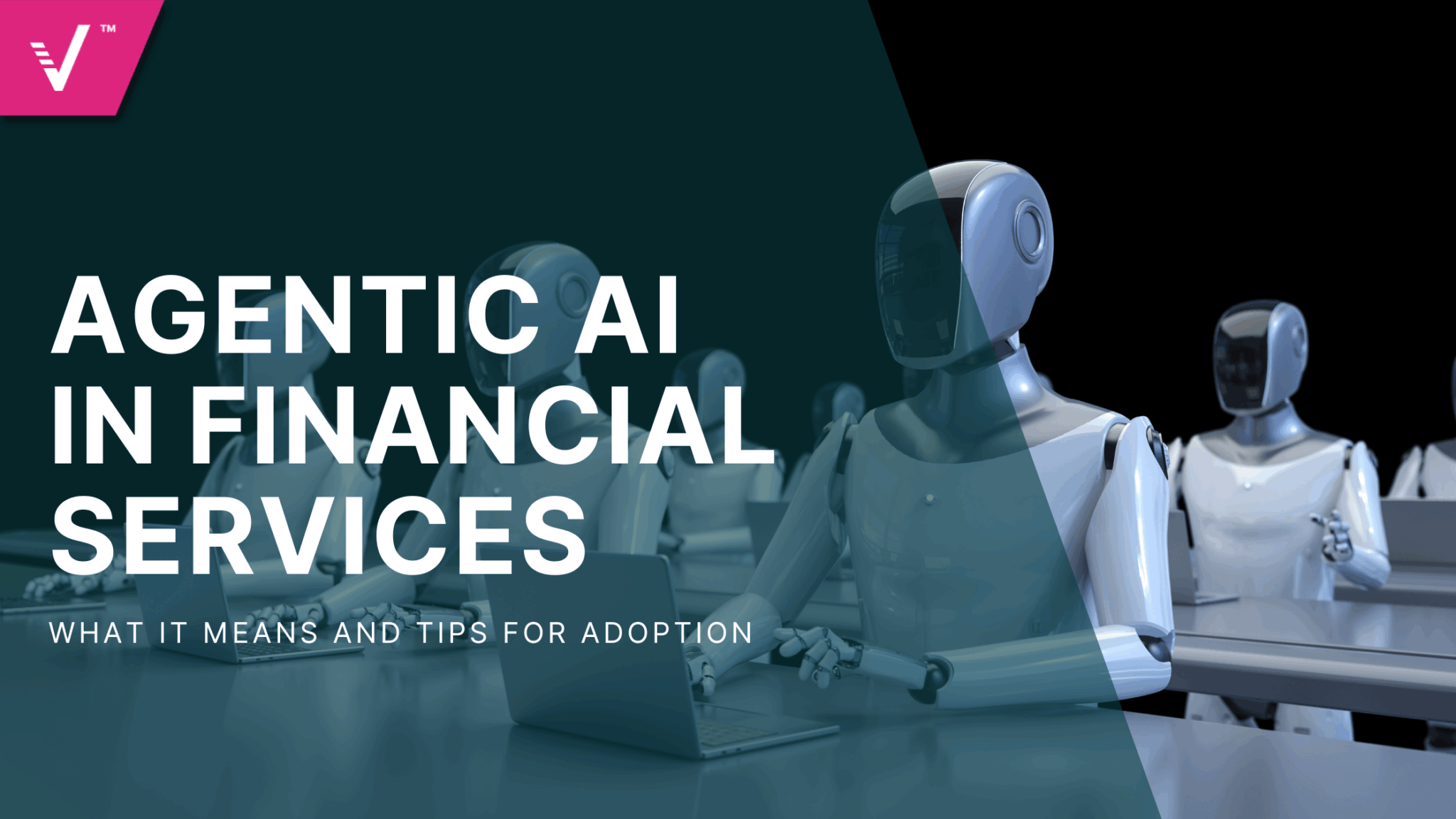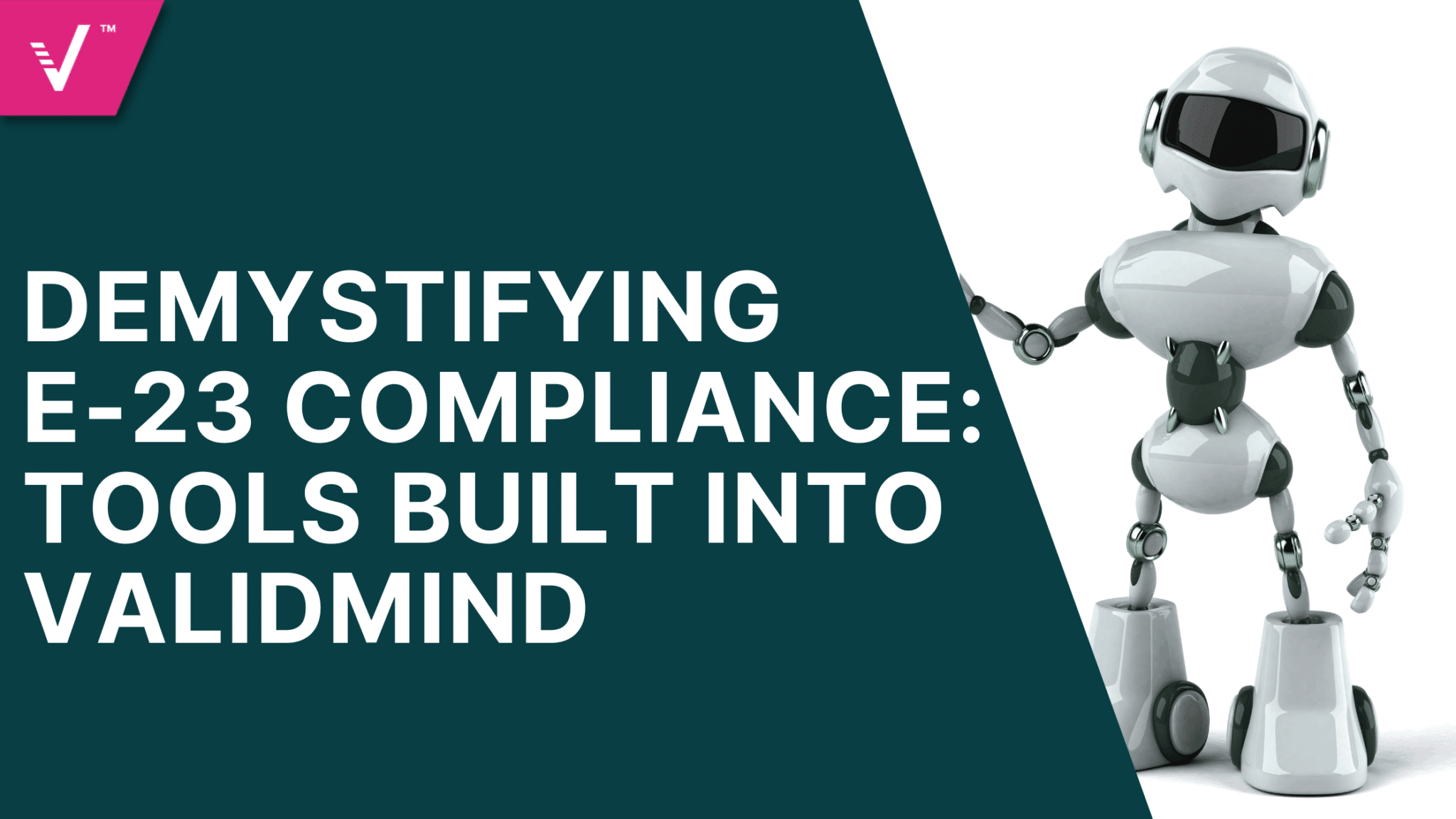What Agentic AI Means for Financial Services

Agentic artificial intelligence is far more than a trendy buzzword. It represents a profound shift in how AI systems operate, especially for a sector as risk-sensitive as financial services.
In traditional AI workflows, human involvement is typically embedded at every step of the process. But agentic AI introduces systems that can plan, make decisions, and execute actions—autonomously.
How Does Agentic AI Differ from Other AI Use Cases?
A core innovation in agentic AI is the ability to operate without a human in the loop at every stage. These systems can independently make decisions and take actions, which represents a significant leap from earlier AI applications. Autonomy in execution is what distinguishes agents from previous forms of AI, and it opens the door to embedding AI in core business processes rather than using it solely for decision support.
This autonomy brings with it tremendous potential for operational efficiency. Agents can access APIs, query databases, interface with internal software systems, and even interact with external environments like web browsers. With this reach, agents could automate and accelerate workflows that once required extensive human input.
The Inherent Risks of Agentic AI in Financial Services
Here is where the risk intensifies. Agentic AI technology is still emerging, and the industry lacks mature frameworks to fully understand, evaluate, and validate the safety of agentic pipelines—both holistically and at the component level. In financial services, where regulatory scrutiny is high and operational risk must be tightly controlled, this ambiguity presents a major challenge.
Autonomously acting agents with access to sensitive systems and data also introduce new security vulnerabilities, particularly from malicious actors exploiting the broader toolset that agents can access.
Download our technical brief: AI Risk Optimization
The Benefits of Agentic AI
For consumers, agentic AI promises more intuitive and seamless financial interactions. Routine tasks like setting up recurring transfers, rebalancing portfolios, or responding to common service requests could be delegated to agents, reducing friction and increasing convenience. Tasks that users once had to configure manually could now be initiated with a simple request. These agents can also access live data through tools like browsers, enabling them to provide real-time insights and recommendations far beyond what today’s static, pre-trained models can offer.
Yet, with this convenience comes a renewed need for oversight. Systems must be in place to ensure that the content retrieved and actions taken by agents are accurate, aligned with policy, and auditable. Without such guardrails, the risk of misinformation or unintended behavior grows.
Internally, agentic AI holds promise for transforming enterprise workflows. Financial institutions could use agent networks to automate quarterly reporting, regulatory submissions, or internal audits. Agents could be assigned to gather financial data from multiple departments, aggregate that information, and compile it into standardized templates for review—all with minimal human intervention. This creates a scalable, rule-based network of automated tasks that could significantly reduce manual labor and increase speed.
Advice for Adopting Agentic AI Models in Financial Services
That said, financial institutions should not rush to deploy complex agentic systems. As with any emerging technology, those that adopt early and thoughtfully will gain a competitive edge—but only if they do so responsibly. The key is starting small. Begin with lower-risk use cases involving fewer agents and simpler steps. This approach allows institutions to develop robust evaluation frameworks before scaling up to more sensitive, complex, or externally-facing applications.
Evaluation must be considered from the outset. Institutions need to ensure that agentic flows, as well as their individual components, can be rigorously tested prior to deployment. This includes validating that routing is accurate, expected outcomes are reliably produced, and security controls are in place to prevent abuse or unauthorized access. Testing should also assess whether agents can execute their designated steps efficiently and correctly.
Validating and Governing Agentic AI Models
Agentic AI is the next phase in the evolution of language model governance. Its validation requirements build on the challenges the industry has already been grappling with in the context of large language models. Initially, institutions focused on prompt engineering; this then evolved into managing retrieval-augmented generation (RAG) systems where models accessed internal data to supplement responses.
Now, the complexity increases again: agentic systems not only pull information but also perform multi-step reasoning and execution. This adds new dimensions to model validation, requiring institutions to design frameworks that account for both upstream planning logic and downstream execution behavior. We’ve moved from basic prompting to retrieval-augmented generation, and now to autonomous agents that can plan, decide, and act. Each layer of capability introduces new governance challenges.
ValidMind Feature Highlight: Ongoing Monitoring of Models for Regulatory Compliance and Robust Risk Management
Agentic AI: Meeting the Moment
To meet this moment, institutions will need frameworks tailored to the different aspects of agentic behavior—from planning and reasoning to execution. The execution layer, in particular, is still largely uncharted territory for most financial services organizations. As agents take on more responsibility in driving outcomes, governance professionals will need to extend their risk frameworks to monitor, validate, and constrain these new forms of digital autonomy.
Agentic AI is already here. It will redefine workflows, customer experiences, and risk postures. The institutions that thrive in this next phase will be those who take the time now to understand, test, and govern these systems responsibly.


